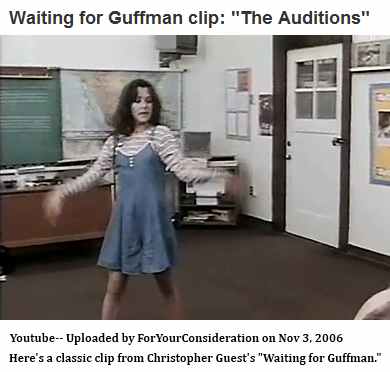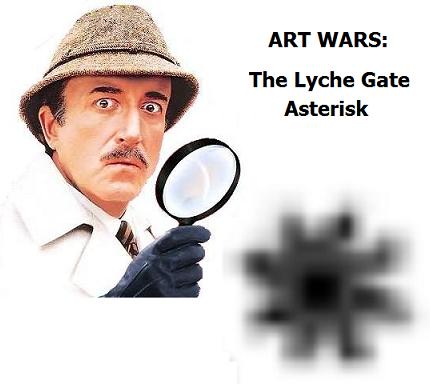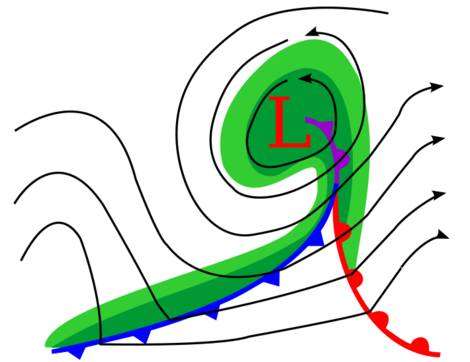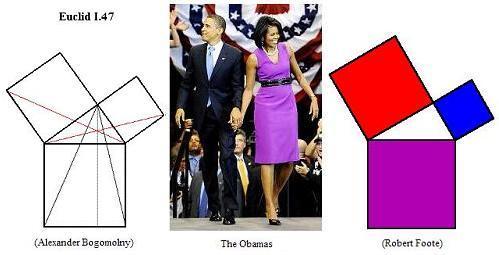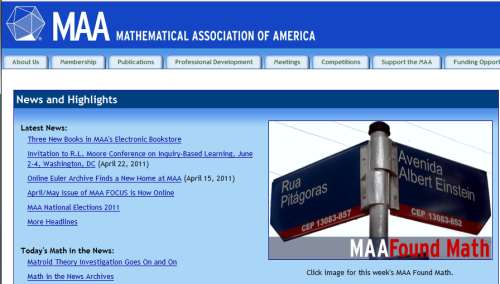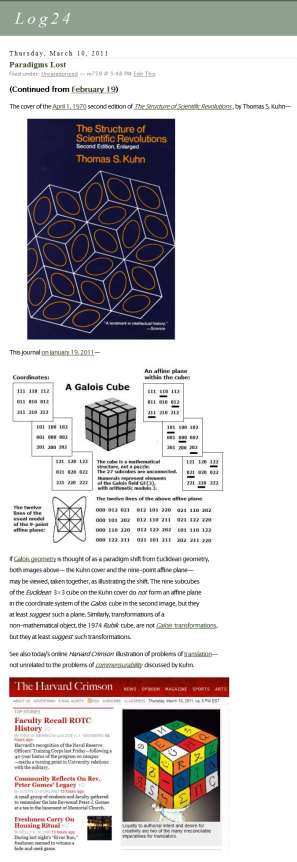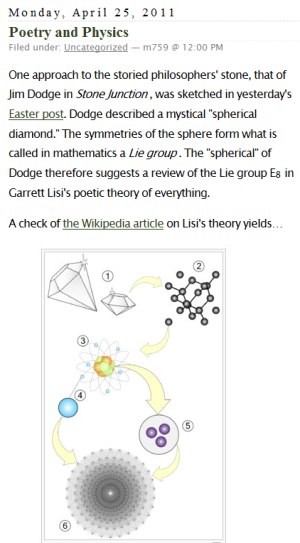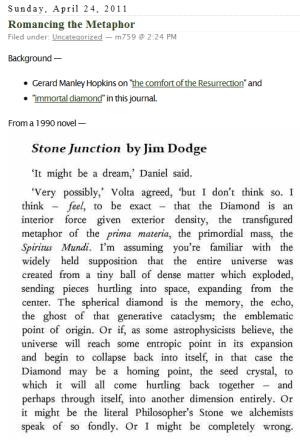A link in the previous post to Delos in this journal mentions physicist John Cramer.
His daughter Kathryn's weblog mentions the following story—
Graffiti in the Library of Babel • David Langford
—from her forthcoming anthology Year's Best SF 16 .
From the Langford story—
"'I suppose we have a sort of duty…' Out of the corner of her eye Ceri saw her notes window change. She hadn't touched the keyboard or mouse. Just before the flatscreen went black and flickered into a reboot sequence, she saw the coloured tags where no tags had been before. In her own notes. Surrounding the copied words 'quarantine regulations.'"
Related material from this journal last Jan. 9 —
"Show me all the blueprints."
– Leonardo DiCaprio in "The Aviator" (2004)

DiCaprio in "Inception"
In the "blueprints" link above, DiCaprio's spelling of "Q-U-A-R-A-N-T-I-N-E" is of particular interest.
See also a search for Inception in this journal.
A post on a spelling bee at the end of that search quotes an essay on Walter Benjamin—
This blissful state between the world and its creator as expressed in Adamic language has its end, of course, in the Fall. The “ignorance” introduced into the world that ultimately drives our melancholic state of acedia has its inception with the Fall away from the edenic union that joins God’s plan to the immediacy of the material world. What ensues, says Benjamin, is an overabundance of conventional languages, a prattle of meanings now localized hence arbitrary. A former connection to a defining origin has been lost; and an overdetermined, plethoric state of melancholia forms. Over-determination stems from over-naming. “Things have no proper names except in God. . . . In the language of men, however, they are overnamed.” Overnaming becomes “the linguistic being of melancholy.”7
7 Walter Benjamin, “On Language as Such and On the Languages of Man,” Edmund Jephcott, tr., Walter Benjamin , Selected Writings , Volume I: 1913-1926 , Marcus Bullock and Michael W. Jennings, eds., Cambridge, MA, Harvard University Press, 1997, p. 73.
Compare and contrast with a remark by a translator mentioned here previously —
I fancy, myself, that this self-consciousness about translation dates approximately from the same time as man's self-consciousness about language itself. Genesis tells us that Adam named all the animals (just as in Indian tradition the monkey-god Hanuman invented grammar by naming all the plants in the Garden of Illo Tempore). No doubts, no self-consciousness: "Whatever Adam called every living creature, that was the name thereof." (Genesis II, 19). But after the expulsion from Paradise I see Adam doubting the moment the possibility occurs that another name might be possible. And isn't that what all translators are? Proposers, in another language, of another name ?
— Helen Lane in Translation Review , Vol. 5, 1980






